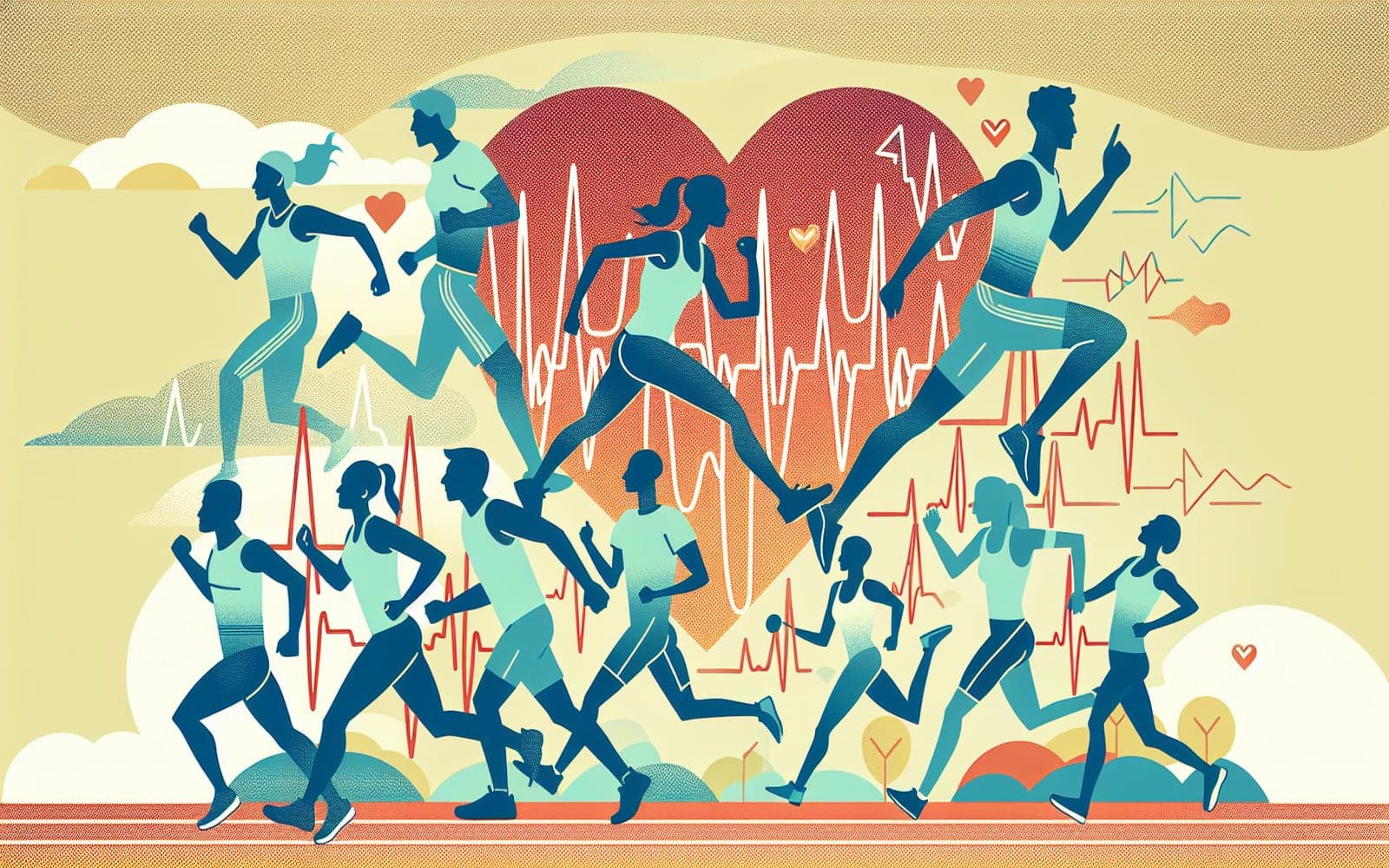Why Do Athletes Experience Heart Arrhythmias?
Published: Sep 17, 2023

Medically reviewed by Joshua Morgan | MD, Texas A&M Health Science Center College of Medicine - McKinney, Texas on September 17th, 2023.
Heart arrhythmias can affect even the fittest athletes, causing unexpected symptoms and health risks. Understanding these irregular heartbeats is crucial for athletes and those who support them.
Contents
What Are Arrhythmias?
Arrhythmias are irregular heartbeats that can be faster or slower than normal. They fall into two main categories: atrial arrhythmias, which start in the upper chambers of the heart, and ventricular arrhythmias, which originate in the lower chambers. While atrial arrhythmias are often harmless, ventricular arrhythmias can be life-threatening, especially in young athletes.
Symptoms to Watch For
Athletes with arrhythmias might experience palpitations, which feel like a rapid or irregular heartbeat. Other symptoms include syncope, or fainting, lightheadedness, chest pain, and shortness of breath. In rare cases, sudden cardiac arrest can occur, highlighting the importance of recognizing and evaluating these symptoms promptly.

Why Athletes Are At Risk
Despite their fitness, athletes may have a higher incidence of certain arrhythmias due to intense training. Conditions like atrial fibrillation are more common in experienced athletes, possibly linked to the strain from prolonged exercise. Monitoring and understanding these risks can help in managing health effectively.
Frequently Asked Questions
Intense physical training and underlying heart conditions can trigger arrhythmias.
No, most arrhythmias are not life-threatening, but some can lead to serious health issues.
Palpitations, fainting, and chest pain are key signs to watch for.
Yes, with proper diagnosis and management, arrhythmias can be treated effectively.
Key Takeaways
Recognizing arrhythmia symptoms early can save lives and ensure athletes continue to perform safely.
Talk to Doctronic today to learn more about managing arrhythmias in athletes.Related Articles
References
Marek J, Bufalino V, Davis J, et al. Feasibility and findings of large-scale electrocardiographic screening in young adults: data from 32,561 subjects. Heart Rhythm 2011; 8:1555.
Flannery MD, Kalman JM, Sanders P, La Gerche A. State of the Art Review: Atrial Fibrillation in Athletes. Heart Lung Circ 2017; 26:983.
This article has been reviewed for accuracy by one of the licensed medical doctors working for Doctronic. Always discuss health information with your healthcare provider.

